Tamron 28-75 mm f/2.8 Di III VXD G2
5. Chromatic and spherical aberration
Chromatic aberration
The optical construction of the Tamron 28-75 mm f/2.8 Di III VXD G2 features two elements made of low dispersion glass so you might assume it would correct longitudinal chromatic aberration quite well. It is indeed the case – this kind of aberration isn't bothersome either at 50 mm or at 75 mm and its influence on image quality remains marginal.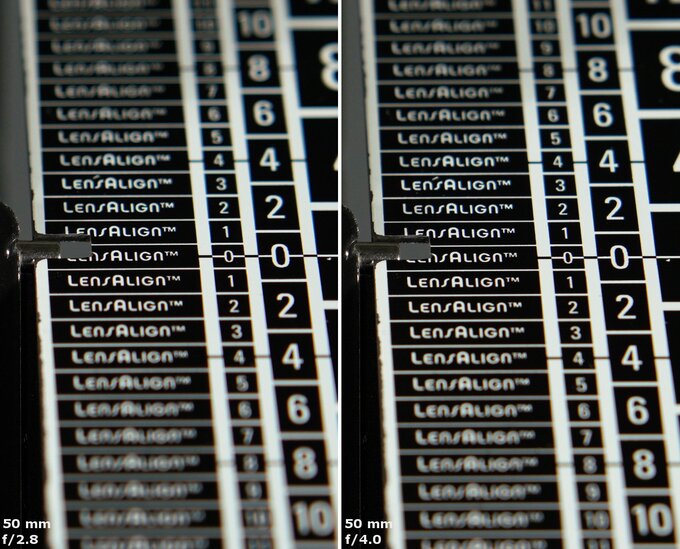 |
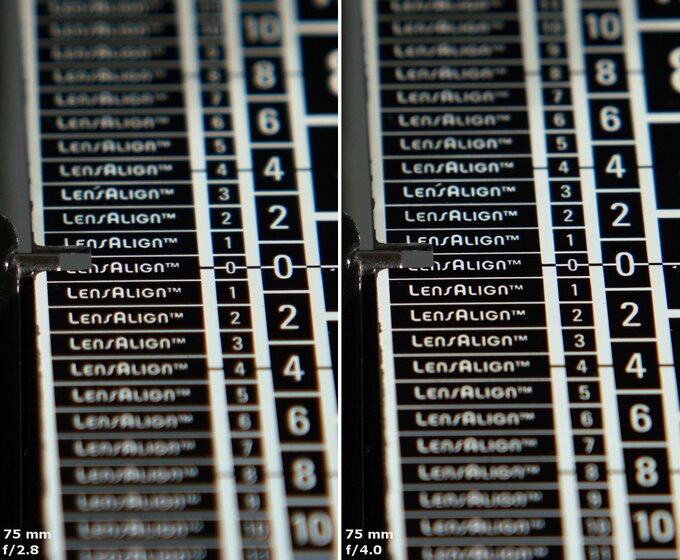 |
What about the correction of lateral chromatic aberration? Let two graphs answer this question for us: the first one presents the performance on the edge of the APS-C sensor, the second one shows the performance on the edge of full frame.
Please Support UsIf you enjoy our reviews and articles, and you want us to continue our work please, support our website by donating through PayPal. The funds are going to be used for paying our editorial team, renting servers, and equipping our testing studio; only that way we will be able to continue providing you interesting content for free. |
- - - - - - - - - - - - - - - - - - - - - - - - - - - - - - - - - - - - - - - - - - - - - - - -
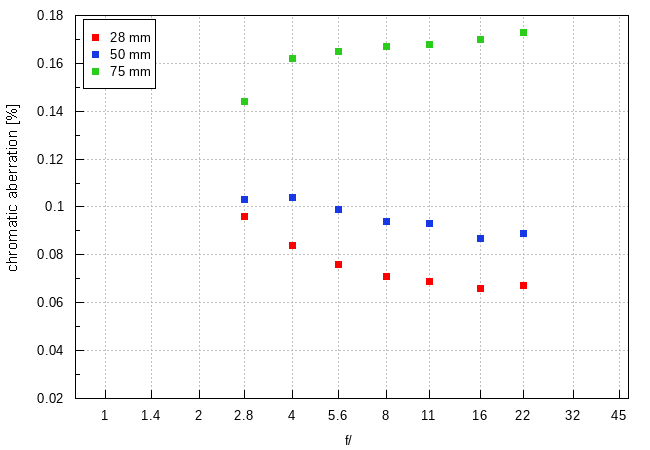
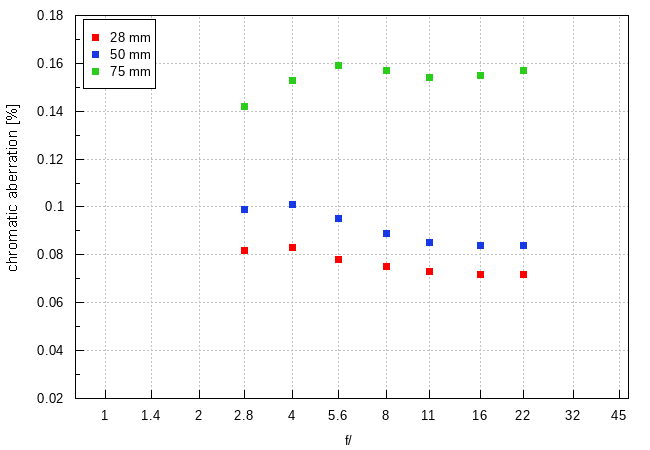
In this case the news is not so favourable anymore. At the shortest focal length the problems with this type of aberration aren't especially pronounced, as the values are on the borderline between low and medium levels. In the middle of the focal range chromatic aberration increases to medium values and at the maximum focal length it is, unfortunately, high and it contributes distinctly to the worsening of the image quality. This type of aberration is partially responsible for noticeably weaker resolution values the Tamron shows on the edge of the frame at this focal length.
An interesting fact – the predecessor didn't show so distinct problems with lateral chromatic aberration as, in its case, the results we got amounted to 0.10-0.11% at the maximum.
| A7R IIIa, RAW, 28 mm, f/16.0 | A7R IIIa, RAW, 75 mm, f/16.0 |
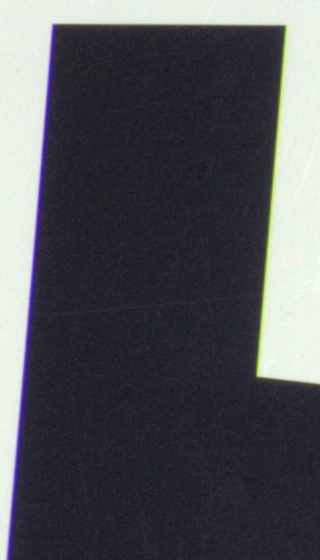
|
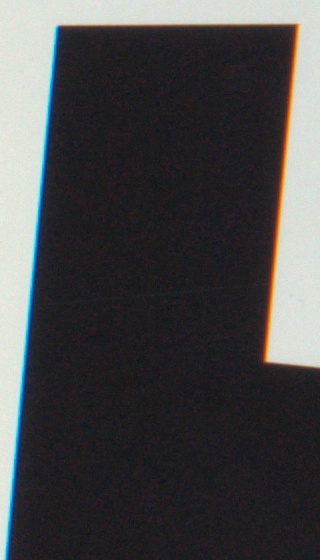
|
Spherical aberration
First photos of this chapter don't feature any noticeable 'focus shift' effect. When it comes to defocused circles of light the situation is similar, once again we didn't notice any trace of serious problems. As a result we can say the tested Tamron handles the correction of spherical aberration pretty well.
| A7R IIIa, 50 mm, f/2.8, before | A7R IIIa, 50 mm, f/2.8, after |
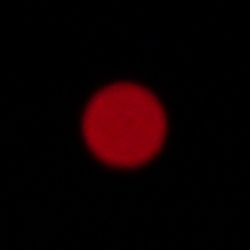
|
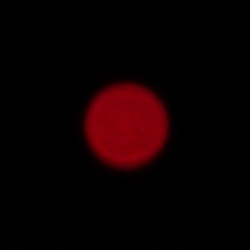
|
| A7R IIIa, 75 mm, f/2.8, before | A7R IIIa, 75 mm, f/2.8, after |
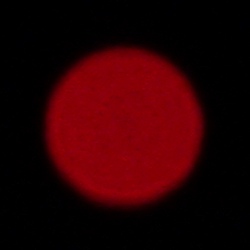
|

|






